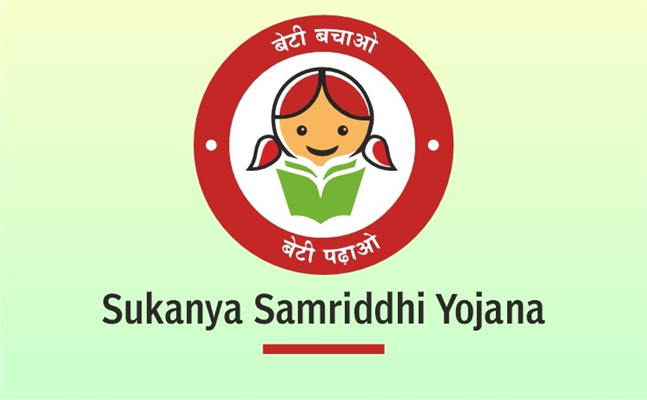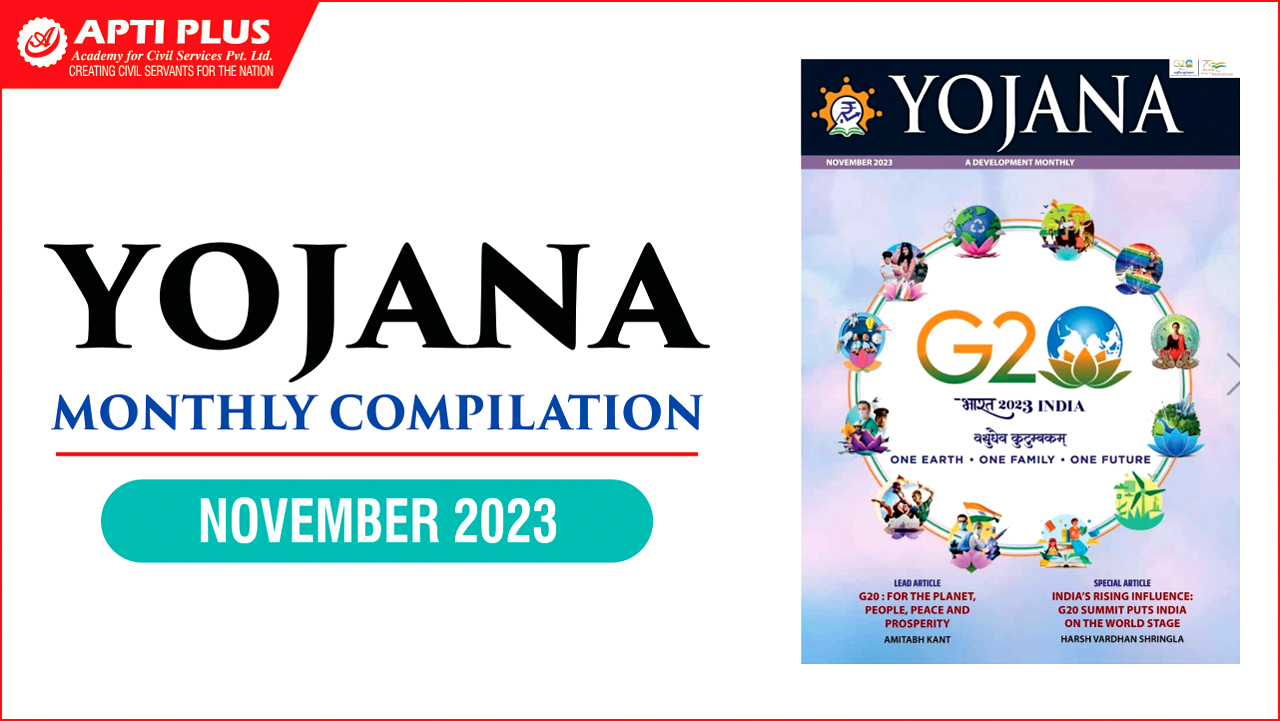Description

Copyright infringement not intended
Picture Courtesy: www.indiatvnews.com
Context: The Sukanya Samriddhi Yojana (SSY) has recently seen an interest rate increase by 20 basis points for the January-March quarter, set at 8.2%. The interest rates for various small savings schemes managed mainly through post offices, are typically notified by the government quarterly.
Sukanya Samridhi Yojana
- Sukanya Samridhi Yojana (SSY) is a small savings scheme launched by the Government of India in 2015 as a part of the Beti Bachao Beti Padhao campaign.
- The main objective of this scheme is to encourage parents to save money for the education and marriage of their girl child.
- SSY is one of the most popular and attractive schemes among the small savings schemes as it offers a high-interest rate, tax benefits and a long-term investment option.
Features of SSY
- SSY account can be opened by the parent or legal guardian of a girl child who is below 10 years of age.
- Only one account can be opened in the name of a girl child and a maximum of two accounts can be opened in a family for two girl children.
- The minimum deposit amount is Rs. 250 per annum and the maximum deposit amount is Rs. 1.5 lakh per annum.
- The account has a tenure of 21 years or until the girl child marries after attaining 18 years of age, whichever is earlier.
- The account can be transferred from one post office or bank to another anywhere in India.
- The interest rate on SSY accounts is revised quarterly by the government.
- The interest earned on an SSY account is compounded annually and credited to the account at the end of each financial year.
- The deposits made in an SSY account are eligible for deduction under section 80C of the Income Tax Act, 1961 up to Rs. 1.5 lakh per annum.
- The interest earned and the maturity amount are also exempt from tax under section 10(11A) of the Income Tax Act, 1961.
- A premature withdrawal of up to 50% of the balance in the account is allowed after the girl child attains 18 years of age or passes the 10th standard, whichever is earlier, for higher education or marriage.
- The account can be closed prematurely in case of the death of the account holder or on compassionate grounds such as medical treatment of life-threatening diseases.

Significance of SSY
- It promotes gender equality and social justice by ensuring that girls have equal access to education and opportunities as boys.
- It helps in reducing child marriage and dowry by delaying the age of marriage and providing financial support for marriage expenses.
- It encourages savings habits and financial literacy among parents and girls by offering attractive returns and tax benefits.
- It creates a corpus for the future needs of the girl child such as higher education, entrepreneurship, home purchase, etc.
- It contributes to the economic growth and development of the country by increasing female participation in the workforce and enhancing human capital.
Challenges faced by SSY
- Lack of awareness and knowledge among rural and remote areas where the sex ratio is low and the need for girl-child empowerment is high.
- Lack of proper documentation and verification of the age and identity of the girl child and the parent or guardian, leading to fraud and misuse of the scheme.
- Lack of regular monitoring and evaluation of the scheme to assess its impact and outcomes on the girl child and the society.
- Lack of coordination and integration among various departments and agencies involved in the implementation and administration of the scheme, resulting in delays and discrepancies.
Way forward
SSY is a commendable initiative by the government to address the issue of gender discrimination and empower the girl child in India. However, there is a scope for improvement and innovation to make it more relevant and responsive to the changing needs and aspirations of the girl child and society. Some of the suggestions for the way forward are:
- The government should increase the budget allocation and expenditure for SSY to ensure its sustainability and scalability.
- The government should enhance the digitalization and automation of SSY to make it more user-friendly and transparent.
- The government should introduce more flexibility and customization in SSY to cater to the diverse preferences and requirements of the girl child and the parent or guardian.
- The government should link SSY with other schemes and programs related to girl child education, health, skill development, etc. to create a holistic and integrated approach to girl child empowerment.
- The government should conduct regular research and analysis on SSY to measure its impact and effectiveness and make necessary modifications and improvements.

Conclusion
- SSY is a visionary scheme that has the potential to transform the lives of millions of girls in India. It is a step towards creating a more inclusive and equitable society where girls are valued and respected. It is a hope for a brighter future where girls can realize their dreams and aspirations.
Must Read Articles:
SUKANYA SAMRIDHI YOJANA: https://www.iasgyan.in/daily-current-affairs/sukanya-samriddhi-yojana
SMALL SAVINGS SCHEMES: https://www.iasgyan.in/daily-current-affairs/small-saving-schemes
Mahila Samman Saving Certificate (MSSC): https://www.iasgyan.in/daily-current-affairs/mahila-samman-saving-certificate-mssc
|
PRACTICE QUESTION
Q. How has women's empowerment evolved in India over the past decade, and what pivotal changes have catalyzed progress? What barriers persist in achieving true gender parity, and what strategies show promise in fostering widespread empowerment among women in India?
|










